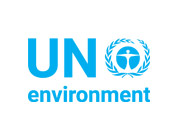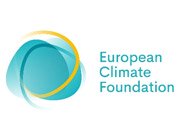
Authors: Peter Sweatman & Nick Robins
Launched in December 2017, this report presents the findings and recommendations from a survey of green tagging practices of 10 of Europe’s leading banks (ABN Amro, BBVA, Berlin Hyp, HSBC, ING, Lloyds, SEB, Suedtiroler Volksbank, Triodos and UniCredit). In addition, this report describes how they are approaching and developing a systematic approach to green tagging with a focus on commercial and residential real estate mortgage loans.
Green Tagging refers to a systematic process whereby banks identify the environmental attributes of their loans and underlying asset collateral as a tool for scaling up sustainable finance. The green tagging of bank assets allows for:
Authors indicate that if banks tagged their real estate mortgage loans to existing energy and environmental standards, there would be a leap in market transparency on the flows of finance to energy efficient assets and products. In turn, this data would provide valuable information on the portfolios of energy efficient loans that could be packaged as asset backed securities and refinanced by green bonds, and it would also provide the basis for evaluating the financial performance of energy efficient loans relative to less efficient ones.
This report concludes by recommending five next steps for 2018:





